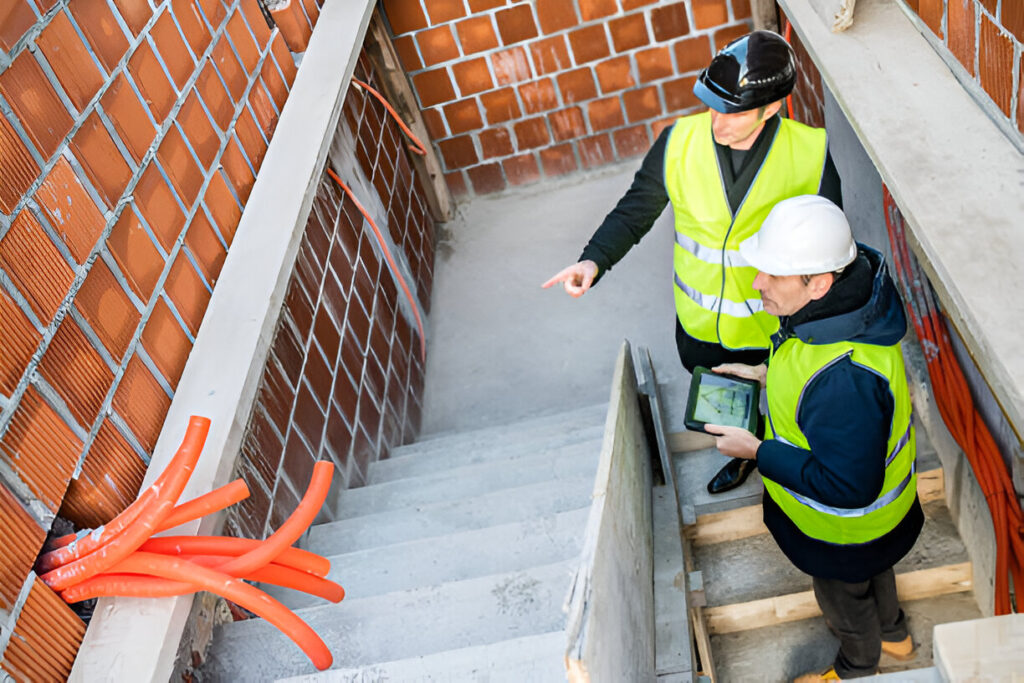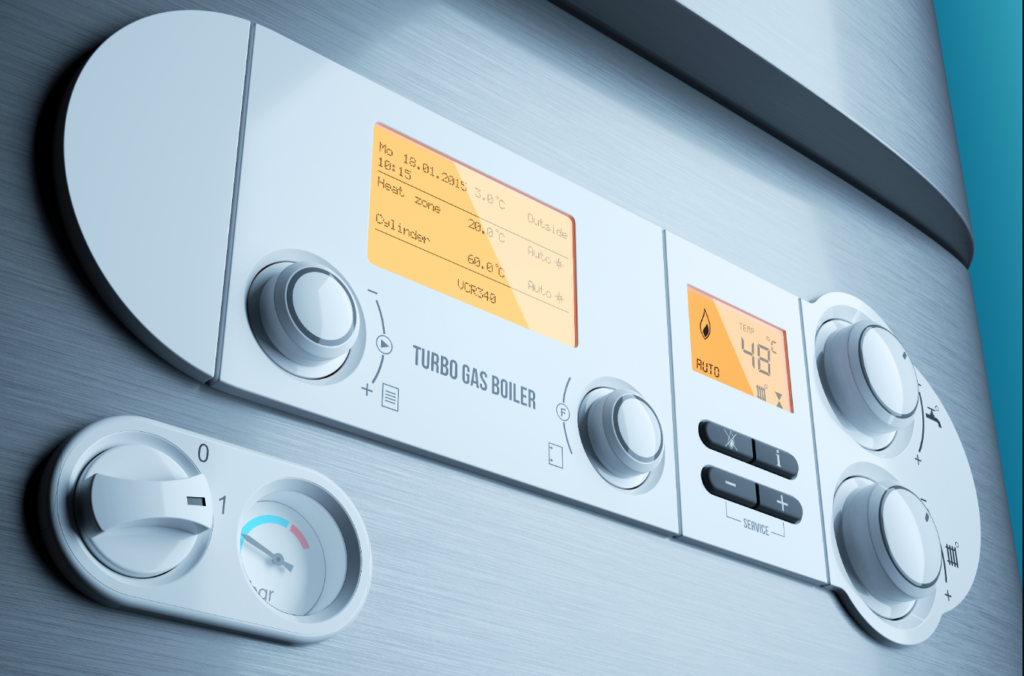For building owners in Victoria, ensuring the safety of occupants is a paramount responsibility. One critical component of fire and life safety management is the proper design, maintenance, and inspection of egress routes, those essential pathways occupants use to exit a building safely during emergencies. Understanding Victoria’s egress inspection process helps building owners meet regulatory requirements, protect lives, and maintain compliance with legislation.
This comprehensive guide outlines what egress inspections involve, why they are vital, and how Victorian building owners can effectively manage these processes with expert support.
What Are Egress Routes and Why Do They Matter?
Egress routes include all components necessary for safe building evacuation, such as:
- Exit doors
- Stairwells
- Corridors and hallways
- Emergency lighting and signage
- Fire escapes and external paths
These routes are designed to facilitate a rapid, unobstructed exit during emergencies such as fires, ensuring no occupant is trapped or endangered.
In Victoria, proper egress planning and maintenance are mandated under the Building Code of Australia (BCA) and referenced in the Victorian Essential Safety Measures (ESM) framework. Failure to maintain effective egress routes can result in serious legal consequences and, more importantly, jeopardise occupant safety.
What Is the Egress Inspection Process in Victoria?
An egress inspection is a formal examination of a building’s exit systems, ensuring they comply with legal and safety standards. The process generally includes:
- Physical Inspection: Review of all exit route components for structural integrity, clear access, and functional hardware such as doors and locks.
- Verification of Emergency Lighting: Emergency lights must operate correctly to illuminate evacuation paths during power failures.
- Check of Exit Signage: Signs indicating exit routes should be visible, adequately lit, and correctly positioned.
- Assessment of Fire Doors: Fire-rated doors on escape routes must close fully and seal properly to prevent smoke and fire spread.
- Obstruction Check: Ensuring paths of egress are free from hazards like debris, stored items, or locked barriers.
- Evaluation of Evacuation Plans: Confirm that evacuation routes and muster points align with local regulations and are communicated to building occupants.
This inspection is typically carried out by a qualified professional experienced in fire and life safety systems, often annually or more frequently, based on building type and occupancy.
Why Are Egress Inspections in Victoria Essential?
1. Life Safety
The primary purpose of egress inspections is to protect occupants. Properly maintained egress routes can mean the difference between safe evacuation and catastrophe during emergencies.
2. Compliance with Law
Victoria’s building and fire safety regulations require that essential safety measures, including egress routes, are regularly inspected and maintained. Non-compliance can lead to regulatory penalties, prohibition notices, or costly legal liabilities.
3. Insurance Requirements
Insurance providers may condition coverage on adherence to regular egress and safety inspections. Failure to comply could compromise claims in the event of fire or other incidents.
4. Operational Continuity
Regular inspections reduce the risk of emergency system failures, which can force building evacuations, business interruptions, or closures, protecting your operational stability.
What Challenges Do Building Owners Face?
Managing egress safety can be particularly complex in larger or multi-occupancy buildings, such as:
- Commercial high-rises
- Hospitals and aged-care facilities
- Educational institutions
- Industrial and manufacturing plants
These structures require specialised knowledge to assess all egress components comprehensively, including coordinating inspections without disrupting operations.
How Building Owners Can Prepare for Egress Inspections
- Conduct internal pre-inspections to identify obvious issues early.
- Train staff to keep evacuation routes clear and report hazards promptly.
- Maintain accurate and accessible records of inspections, maintenance, and fire drills.
- Engage accredited professionals for thorough egress inspections and certification.
- Plan regular reviews and updates to evacuation plans and signage.
How ESM Compliance Supports Victoria’s Building Owners
ESM Compliance specialises in helping Victorian building owners meet and exceed mandatory safety obligations, including conducting meticulous egress inspections across varied property types.
Their services include:
- Expert on-site assessments conforming to regulatory standards.
- Comprehensive reporting detailing compliance and corrective recommendations.
- Coordination with building managers to schedule inspections, minimising disruptions.
- Guidance on maintaining egress routes and preparing for regulatory audits.
- Supporting documentation is essential for proving compliance to authorities.
With decades of industry experience, ESM Compliance ensures your building’s escape routes meet the highest safety standards, giving you peace of mind and protecting your investment.
Final Thoughts
Safe and compliant egress routes are foundational to occupant protection and legal adherence for buildings across Victoria. Regular Egress Inspections in Victoria not only ensure you meet regulatory demands but more importantly, safeguard lives in emergencies.
For Victorian building owners committed to the highest standards of safety and compliance, partnering with trusted experts like ESM Compliance delivers the specialised inspection services that guarantee your essential safety measures function flawlessly when it matters most.



